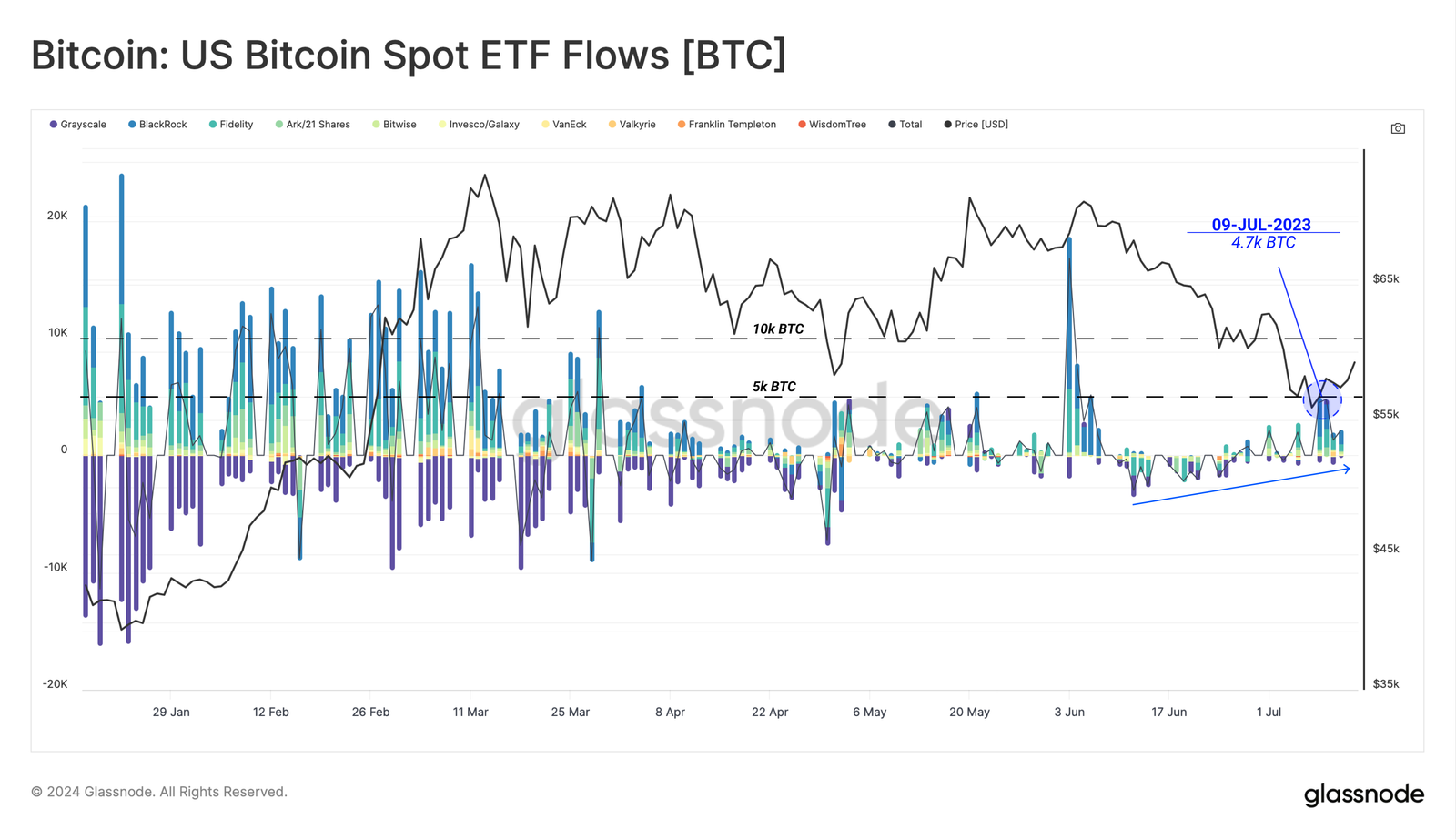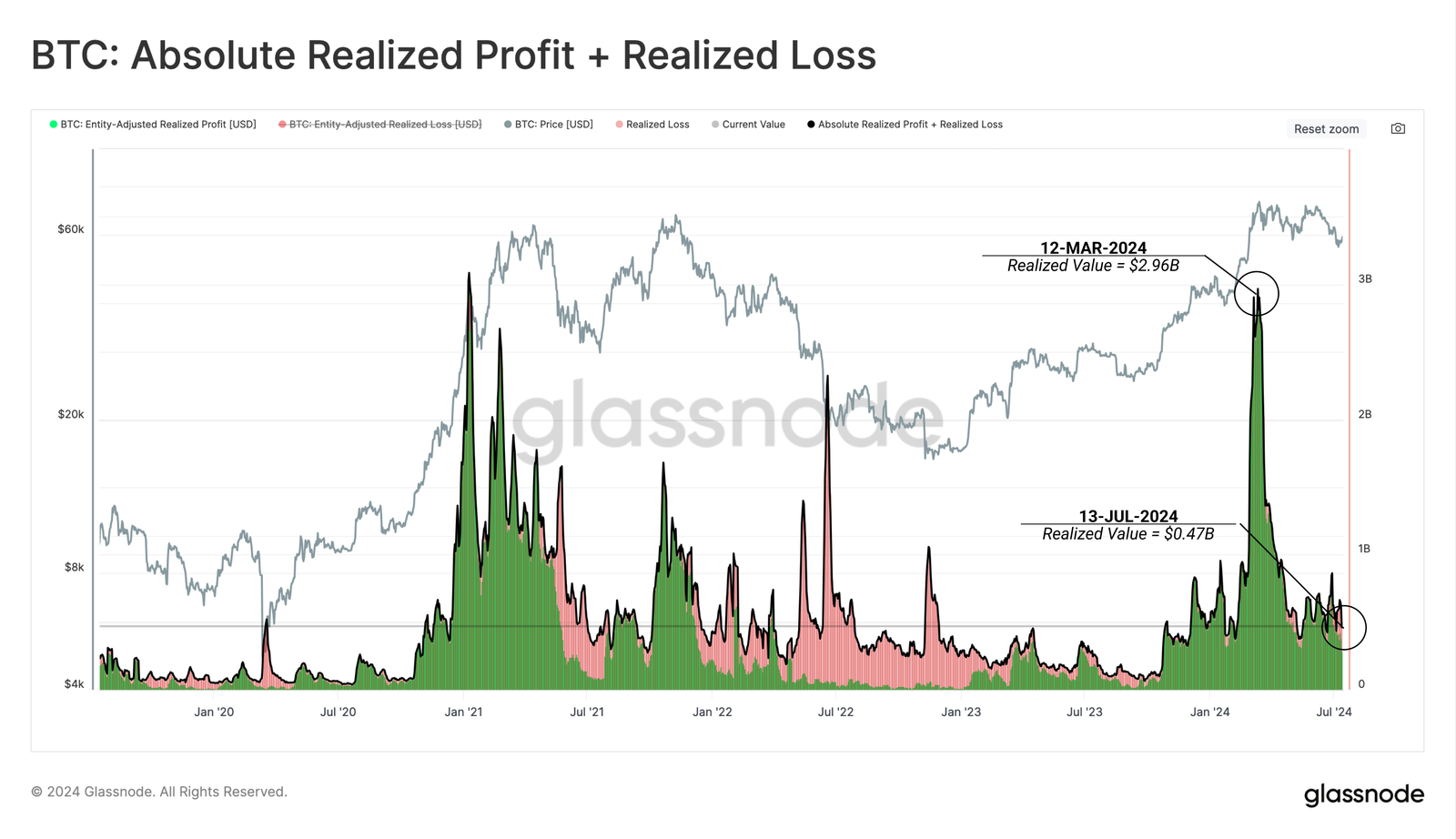Bitcoin: Why Have Miners Lost Their Grip on the Market?
Financial analysts closely monitor the actions of bitcoin miners, as they have long influenced prices due to the scarcity of the cryptocurrency. However, according to Glassnode, the impact of miners on the market has diminished over time. Now, larger players such as centralized exchanges, ETFs, and governments dominate the scene. Let’s take a closer look at how this change is happening.
The Diminished Role of Bitcoin Miners
Previously, BTC miners exerted considerable pressure on the market, generating an abundant supply of bitcoins. However, this influence has decreased with successive halving events that halve the mining reward.
Over the past twelve months, miners’ net flows have shown a typical change of around ±500 BTC per week, notes a Glassnode report.
In comparison, the deposits and withdrawals of centralized exchanges and ETFs show variations of ±4,000 BTC, highlighting the lesser influence of miners.
Miners no longer dominate the market as they once did. For instance, the recent dumping of bitcoins by the German government had only a limited impact, thanks to the strong demand from ETFs and long-term holders (or HODLers).

Glassnode points out:
« Since Bitcoin reached its peak of $73,000, miners’ selling pressure has remained low. »
Now, the largest source of pressure comes from centralized crypto exchanges (CEX).
The New Power of ETFs and Institutions
With the arrival of ETFs and institutions, the dynamics of the bitcoin market have significantly changed.
The eleven new U.S. ETFs collectively hold more than 887,000 BTC, making them the second-largest reserve after centralized exchanges which hold around 3 million. These institutional players provide relative stability, even during periods of volatility.
- ETFs recorded inflows of over a billion dollars last week, a peak in months.
This stability is also due to the diminished influence of short-term speculators. Indeed, although these investors have incurred significant losses during the recent price drops, long-term holders remain strong.

Even when the price of bitcoin fell to $53,500, around 25% of the supply was in an unrealized loss. However, the percentage of supply in profit remained around 75%, a typical level during bull market corrections.
In conclusion, although bitcoin miners were once major players influencing the market, their role has gradually diminished in favor of large institutional holders and ETF issuers. This structural change suggests a future where market fluctuations will be less affected by miners’ activities, providing greater stability for long-term investors.





